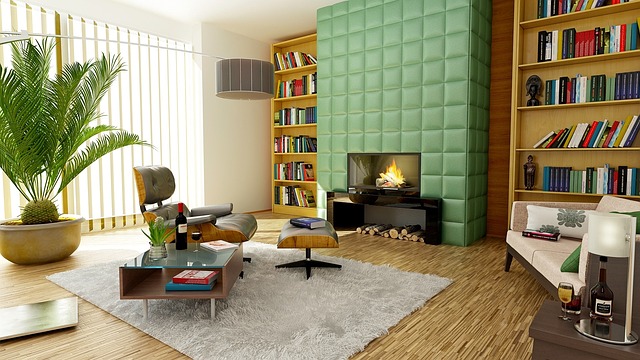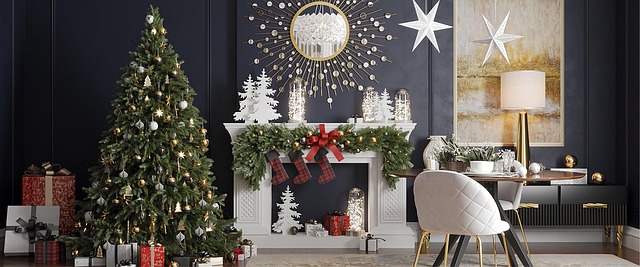Outdoor living spaces have evolved into multifunctional areas, with distinct zones for dining, relaxation, play, and entertainment. A well-crafted design prioritizes natural flow between these zones, incorporating privacy, shelter, and visual appeal. Strategic pathway placement, using materials like natural stone or composite, defines areas and enhances aesthetics. Balancing hardscaping (patios, walls) with soft landscaping (greenery, flowers) creates organic connections, enriching the overall outdoor living layout and flow.
Creating an inviting and functional outdoor living space necessitates strategic planning, particularly when it comes to zone definition and connectivity. This article guides you through the process of enhancing your outdoor living layout and flow by seamlessly integrating pathways. From understanding the purpose of different zones to selecting the right materials and balancing functionality with aesthetics, we’ll explore the art of pathway placement for a harmonious and engaging outdoor environment.
- Understanding Outdoor Living Spaces: Defining Zones and Their Purpose
- The Art of Pathway Placement: Creating a Seamless Flow
- Material Considerations for Pathways: Enhancing the Overall Experience
- Designing for Functionality and Aesthetics: Achieving Balance in Outdoor Layouts
Understanding Outdoor Living Spaces: Defining Zones and Their Purpose

Outdoor living spaces have evolved far beyond basic patios or gardens, transforming into multifunctional areas that enhance our daily lives. Understanding this transformation requires recognizing and defining various zones within the outdoor realm and their distinct purposes. Just as an indoor home is organized into different rooms for specific activities, outdoor living spaces benefit from a similar layout and flow to create cohesive and inviting environments.
Zones in outdoor living can include everything from dedicated dining areas and relaxation corners to play spaces for children and even designated gardening or entertaining zones. Each zone serves a unique function, catering to different activities and gatherings. A well-designed outdoor living layout considers the natural flow of movement, ensuring easy transition between these zones while also offering privacy, shelter, and visual interest where needed.
The Art of Pathway Placement: Creating a Seamless Flow

The placement of pathways is an art that transforms outdoor living spaces, defining zones and fostering a sense of flow. When designing your outdoor sanctuary, consider pathways as the arteries that connect different areas, allowing for seamless transitions between sitting areas, gardens, and entertainment spots. The key lies in creating a logical yet aesthetically pleasing network that enhances the overall layout and flow.
By thoughtfully routing pathways, you can guide visitors naturally from one zone to another, ensuring a smooth experience. Incorporate materials that blend with the surrounding landscape and architecture, whether it’s natural stone, wooden planks, or even gravel. The right pathway material complements the outdoor living layout while adding texture and visual interest. Curving paths can add a touch of whimsy and provide hidden glimpses, while straight, wide pathways create an open, welcoming feel, perfect for entertaining.
Material Considerations for Pathways: Enhancing the Overall Experience

When designing pathways for seamless connection between different zones in an outdoor living space, material considerations play a crucial role in enhancing the overall experience. The choice of materials can significantly impact the aesthetic appeal, functionality, and durability of the pathways, ultimately affecting the desirability and usability of the outdoor layout and flow. Natural stones like slate or flagstone offer timeless elegance and easy maintenance, while composite materials provide cost-effectiveness and low-maintenance benefits, making them ideal for high-traffic areas.
Texture and color also contribute to a captivating outdoor experience. Incorporating different material textures along the pathways can add visual interest and depth, creating a dynamic contrast that enhances navigation. Additionally, selecting materials with complementary or contrasting colors ensures that the pathways blend harmoniously with the surrounding landscape or stand out as focal points, enriching the overall outdoor living layout and flow.
Designing for Functionality and Aesthetics: Achieving Balance in Outdoor Layouts

When designing outdoor living spaces, achieving a seamless flow and functionality while maintaining aesthetic appeal is an art. The key lies in creating an organic connection between different zones, ensuring each area serves its intended purpose yet blends harmoniously with the rest of the landscape. For instance, pathways can be strategically placed to guide visitors through a series of interconnected spaces, from cozy seating areas to expansive entertaining zones. These routes should not only facilitate movement but also enhance the overall experience by offering intriguing views and access to key features.
To strike the right balance, designers often employ a combination of hardscaping elements, such as paved paths, retaining walls, and pergolas, alongside soft landscaping like lush greenery, vibrant flowers, and ornamental grasses. This blend creates depth and visual interest while ensuring the layout remains practical and inviting. For example, a meandering stone path can guide residents from their patio to a serene garden, providing both functional access and an aesthetically pleasing journey through the outdoor living layout and flow.
By seamlessly integrating pathways that connect different zones, an outdoor living space can achieve a harmonious balance between functionality and aesthetics. Understanding the purpose of each zone and strategically placing pathways creates a fluid, natural flow that enhances the overall experience. Considering material choices and designing with both practical and visual aspects in mind ensures an inviting and well-organized outdoor layout, making your space truly come alive.
